Blog Posts Tagged Chemical Reaction Engineering Module

Studying Bioreactor Landfills to Solve a Growing Trash Problem
How are researchers using heat transfer and chemical reaction simulations to help solve the world’s growing trash problem? Get the details here.
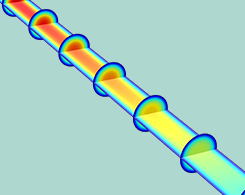
Analyzing the Dissociation Process in a Tubular Reactor
To accurately analyze tubular reactor designs, chemical engineers can model the dissociation process. But is it better to use a isothermal or nonisothermal simulation to do so?
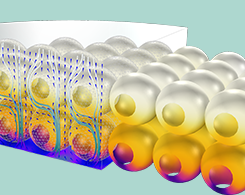
Protein Adsorption: Batch and Space-Dependent Modeling
We take you step by step through developing a detailed protein adsorption reactor model. We start with a simple, perfectly mixed batch reactor and move onto space-dependent modeling.

Using Simulation in the Race Against Corrosion
A German research institute and a well-known car manufacturer joined forces to investigate the corrosion occurring in automotive rivets and sheet metal. Get the full story.
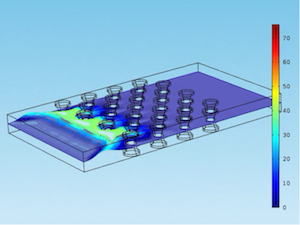
Sensing the Bio in Biosensor Design with a Simulation App
The Biosensor Design demo app predicts the results from measurements of a biomolecule’s concentration (or activity) from an understanding of this molecule’s attachment to an enzyme.
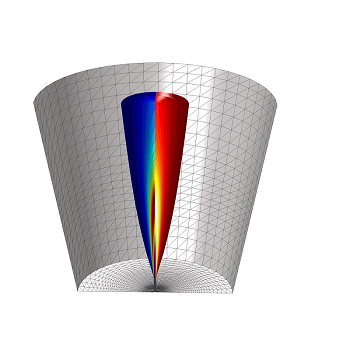
An Analysis of Syngas Combustion in a Round-Jet Burner
By combining the Reacting Flow interface and the Heat Transfer in Solids interface, we can study the syngas combustion in a round-jet burner. Get details…
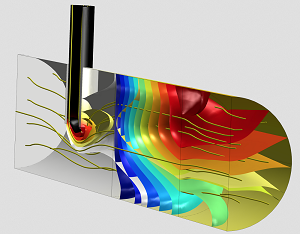
Using Simulation to Optimize Biopharmaceutical Processes
Did you know that you can use COMSOL Multiphysics® to study biopharmaceutical processes? Examples include pharmaceutical mixers, injection devices, dielectrophoretic separation, and more >>
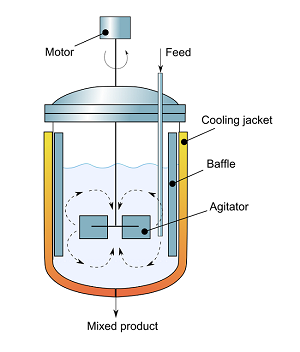
Simulating an Ideal Stirred Tank Reactor System
The Generic CSTR reactor type in the Reaction Engineering interface can be used to easily model continuous stirred tank reactors (CSTRs), or ideal stirred tank reactors.
